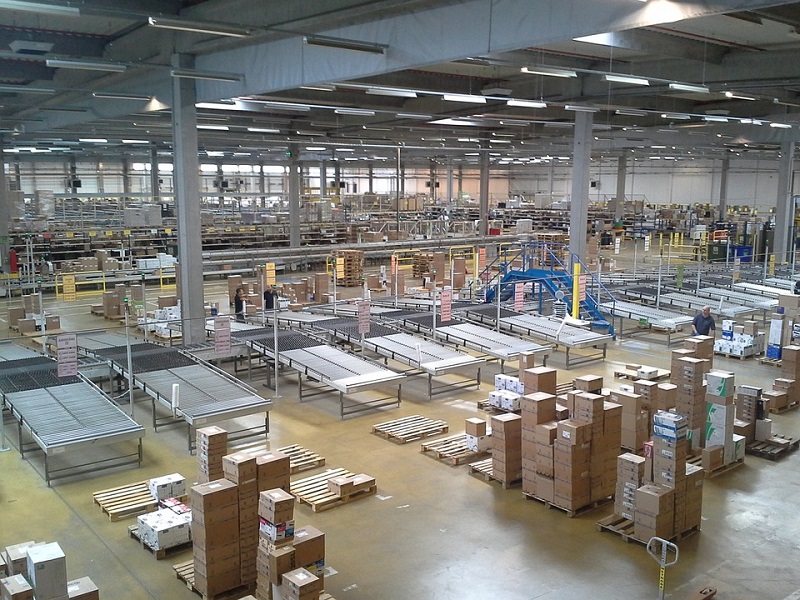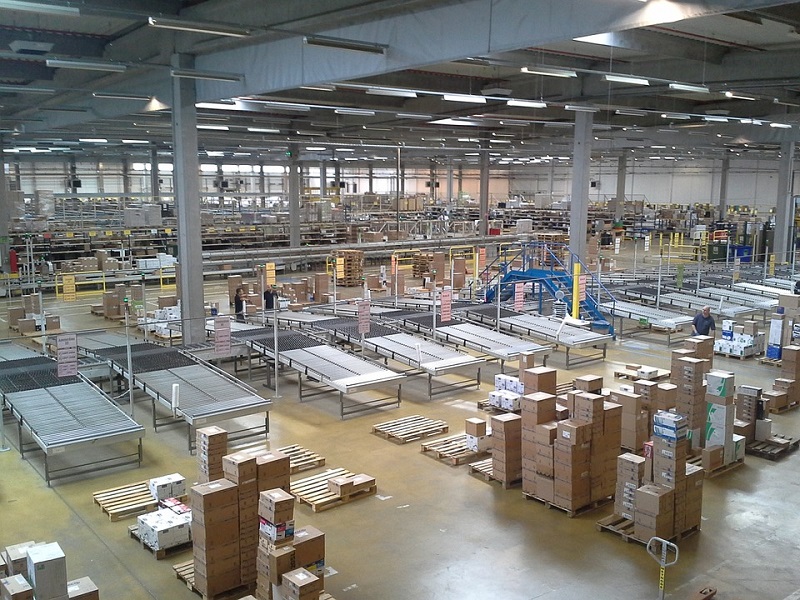Any company which makes, sells or stores food and food products must be aware of all the issues surrounding correct hygienic storage in order to not only be compliant with the law but also to protect their business reputation as well as their customers.
The 4 Elements of Food Safety
Keeping food and food products safe to use is all about the control of bacteria, campylobacter and E.coli being the most prevalent and dangerous ones. The most common ways in which food becomes unsafe is through cross-contamination or through being kept at incorrect or fluctuating temperatures.
Cross-Contamination occurs when bacteria is allowed to spread onto food or onto surfaces where food is kept or onto equipment used to deal with food. More often than not bacteria spreads through mixing raw, uncooked food with cooked food but it can also spread by being carried on clothing, or in effect by becoming airborne. One of the simplest ways to combat this is by installing strip curtains to create a barrier against bacteria and to regulate temperature and airflow, particularly at the entrances to fridges and chiller rooms. Other methods of preventing cross-contamination include ensuring all staff wears the correct protective clothing at all times. Areas for staff and equipment used in the handling of ready-to-eat foods should be provided separately from those involved in handling raw foods.
Cleaning of equipment, utensils, clothing and preparation areas using disinfection products that meet the appropriate standards is essential.
Chilling food is an established method in the prevention of the growth of harmful bacteria and, aside from making sure that your fridges and chiller units are kept at the correct temperature the installation of antimicrobial strip curtains helps to destroy any bacteria present.
Thorough Cooking is the best way to kill any harmful bacteria in food and this should always be kept away from raw food preferably in a separate part of the premises.

Employee Hygiene Issues
When you have a business taken every precaution to ensure the safe storage and handling of food within your premises all your good work could easily be compromised by slack hygiene amongst your workforce. Not to put too fine a point on it, it’s vital that every employee follows a strict hygiene protocol. This involves obviously wearing the correct, clean dedicated clothing and protective equipment whilst handling food. Top of the list though is hand washing and every company should establish good hand washing practice. Employees should wash their hands frequently; before and after handling different foods, after handling chemicals or waste, after taking a break and after visiting the bathroom. This will significantly reduce the transmission of disease-causing bacteria. Employees who are ill with for instance a respiratory illness like a cold should be kept away from food preparation areas to avoid spreading bacteria.
Any staff showing symptoms of possible food poisoning or who have infected cuts or sores on their hand should immediately be pulled out of the food storage or preparation area.
Laws and regulations, wrapped within the Food Safety Act 1990, are in place to ensure that food which is stored in warehouses is kept in a safe state so that it is fit for consumption and any breaches of hygiene regulations can cost a company very dear both financially and in terms of lost reputation. The Food Standards Agency found an average of 16 ‘major safety infractions’ every week between 2014-2017, with some inspected premises showing multiple breaches or failures of hygiene regulations.
It is essential that food warehouse storage businesses take every available step to keep their work and their customers safe.
















